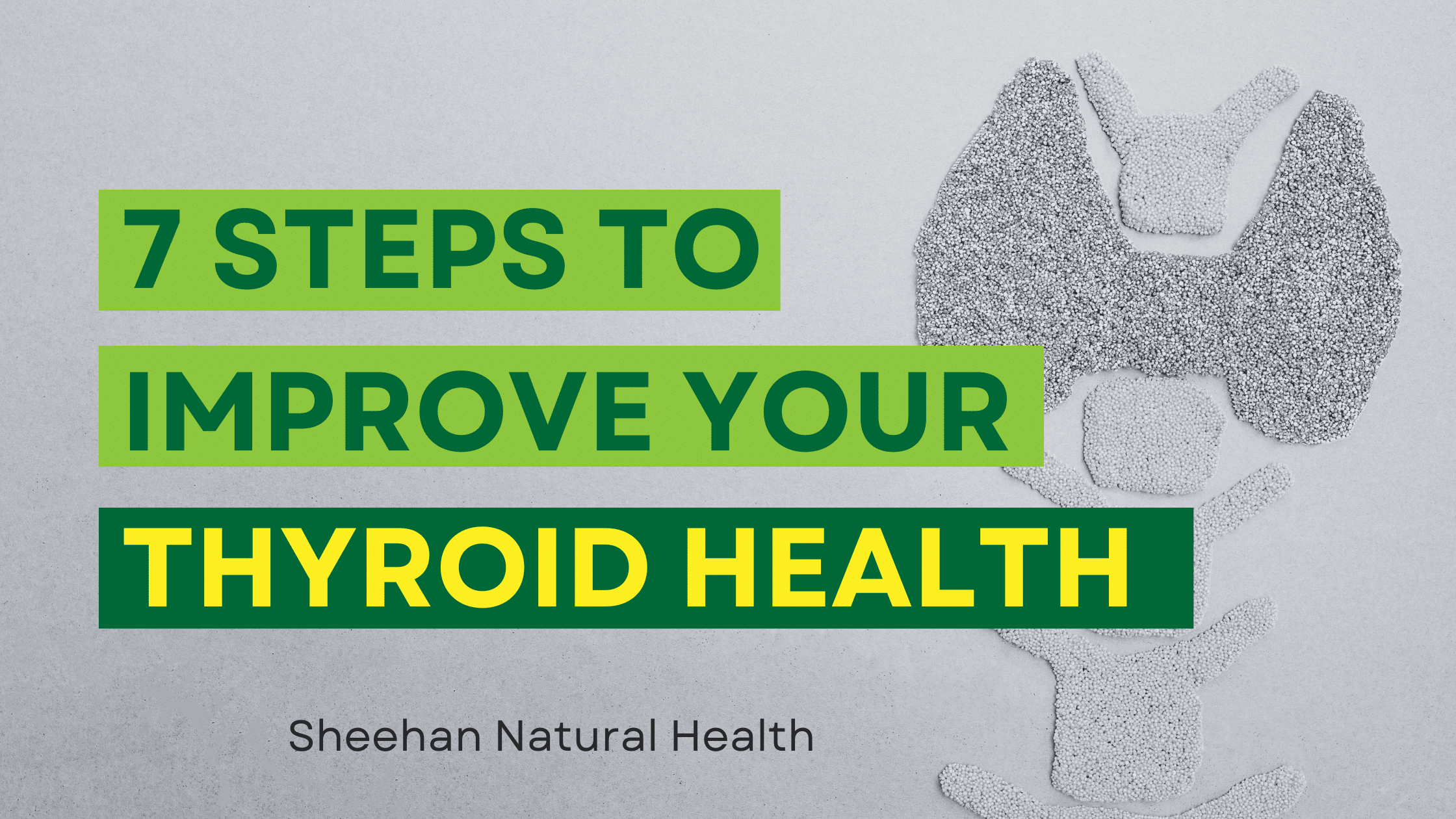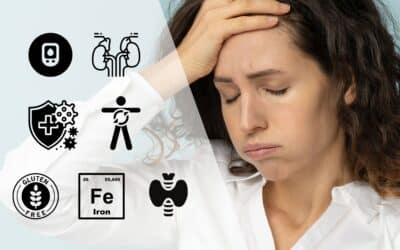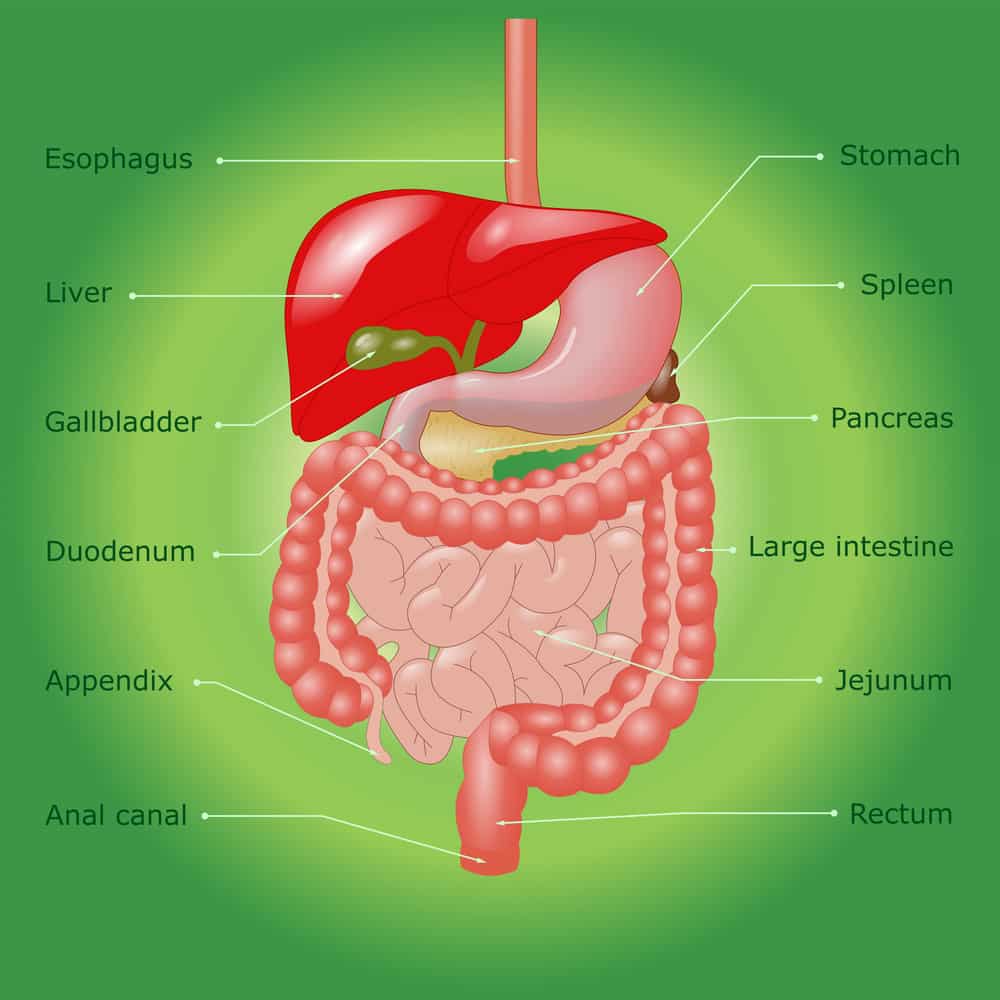History of Breast Thermography
In 1982 the FDA approved breast thermography as an adjunctive diagnostic breast cancer screening procedure. Since the late 1950s, Breast cancer thermography has been the subject of extensive research. For example: more than 800 peer-reviewed studies, more than 300,000 participants, strict interpretation protocols, and studies of the influence of environmental factors on breast cancer.
“An abnormal thermogram image is the single most important marker of high risk for the existence of or future development of breast cancer” according to Dr. William B. Hobbins, one of the original mammography and thermography researchers. Now deceased, he was also the creator of the breast thermography interpretation model and a renowned breast cancer surgeon.
The TH Scale
In thermography, each breast gets a grade on a TH scale from 1 to 5. This means TH 4 and 5 thermograms present a greater risk that a cancer may be present, or that you are at a higher risk for cancer in the future.
• Normal image without vascularity (blood vessels) – TH 1
• Normal image with vascularity – TH 2
• Equivocal (questionable, but not abnormal) – TH 3
• Abnormal – TH 4
• Very abnormal – TH 5
Is there a “Normal” Thermogram?
No matter what, every woman has her own “breast thumbprint”. There will almost always be asymmetrical findings because we as human beings are not symmetrical. In general, a study gets a “normal thermogram” designation when the average side to side temperature difference is only 0.5 degrees Celsius. (1) However, most women’s TH scores range around 3. Why is this so? Is this considered “normal”?
According to Dr. William Amalu, doctor of chiropractic, Board Certified Clinical Thermologist, and Diplomate in Clinical Thermography, 95 percent of all TH3 scores are normal. And within the 95 percent, 50 percent will downgrade to a TH2 on retesting and the remaining 45 percent will stay a TH3 due to their normal physiology.
It is not a goal to reach a TH1.
Once a patient has a stable TH3, their tests are considered normal. A stable TH3 is reached with baseline testing of two thermograms within a 6 month period.
How Does Breast Thermography Work?
A thermogram looks like a heat map, highlighting areas of higher inflammation and patterns of blood vessels based on metabolic activity and vascular circulation. To illustrate this, In 1963, two McGill University surgeons, Lawson and Chughtai, published an imperative study demonstrating the connection between increasing regional skin temperature and venous convection. (2) This study, along with other experiments, led to the credibility that infrared findings were linked to increased vascularity.
Dr. Amalu describes the breast cancer story and how it can be detected by thermography: “In need for nutrients, cancerous tumors increase circulation to their cells by holding open existing blood vessels, opening dormant vessels, and creating new ones. This process frequently results in an increase in regional surface temperatures of the breast. Thermography uses ultra-sensitive medical cameras and sophisticated computers to detect, analyze, and produce high-resolution images of these temperature variations. Because of Thermography’s extreme sensitivity, these temperature variations may be among the earliest signs of breast cancer.” (3)
Thermography vs. Mammogram
Currently, first-line breast cancer detection still relies on clinical examination and mammography. However, it is well recognized that the sensitivity rate of mammography is below 64%. (4) Further, mammography has false-negative rates ranging up to 30% with decreasing sensitivity in younger patients and those on estrogen-replacement therapy. (5) All the while, “staying young with estrogen has caused a 210% rise in breast cancer even with advancements in medical technology, increased research, and awareness” according to Dr. Hobbins! (6) In contrast, the statistics indicate that the sensitivity rate of thermography is 86% (7) and its false-negative rates are 11%. (8)
| Sensitivity Rate: | False-Negative Rate: | |
| Mammography | 64% | 30% |
| Thermography | 86% | 11% |
Another experiment performed in a multidisciplinary setting dedicated to breast cancer management found that six times out of ten, thermographic imaging alone detected non-palpable cancers which sounded the first alarm. (8) In contrast, in the same experiment, mammography alone detected one time out of ten.
The Role of Estrogen in Breast Cancer
Estrogen may be implicated in breast cancer risk because of its role in stimulating breast cell division, its role in breast growth and development, its effect on other hormones that stimulate breast cell division, and its support of the growth of estrogen-responsive tumors. (9)
This means that bio-identical estrogens, oral contraceptives, hormone replacement therapy, and soy create weight gain, play a factor in infertility, accelerate aging, and increase the risk for breast cancer. And so the greatest concern is over synthetic xenoestrogens (such as herbicides, parabens, and other chemically produced substances) which are not easily broken down. This is because these toxic substances can accumulate and be stored in the body’s fat cells, including breast fat.
There are lifestyle factors too that affect estrogen levels in the body such as exercise, diet, alcohol, and body weight. In summary, we have control over most of these factors.
Where Can You Go for More Information?
Dr. Patricia Howard performs thermography in two locations in Central PA.
Don’t know where to start or need more advice? By getting a comprehensive blood panel and tissue mineral analysis, your experienced nutritionist can determine deficiencies and toxicities which may be interfering with the body’s primary functions for optimal overall health. Then you can become educated on the right foods to eat, the right vitamins and supplements to take, and monitor your health status with proper testing today! Call and schedule your appointment and
“Do something today… to be healthier than you were yesterday!”
~ Dr. Van Merkle.
References:
- Uematsu, J. Quantification of Thermal Symmetry. Neurosurgery 69:552-555. 1988
- Lawson, R.N. and Chughtai, M.S., Breast cancer and body temperatures. Can. Med. Assoc. J., 88,68,1963.
- Dr. William Amalu. http://www.breastthermography.com/breast_thermography_mf.htm
- Keyserlignk, J.R., Ahlgren, P.D., et al., Infrared imaging of the breast; initial reappraisal using high-resolution digital technology in 100 successive cases of stage 1 and 2 breast cancer. Breast J., 4, 1998
- Rosenberg, R.D., Hunt, W.C., et al., Effects of age, breast density, ethnicity, and estrogen replacement therapy on screening mammographic sensitivity and cancer stage at diagnosis: Review of 183,134 screening mammograms in Albuquerque, New Mexico. Radiology, 209,511, 1998.
- Hobbins, William, M.D., Sellens, Wendy L.Ac. Breast Cancer Boot Camp. Tate Publishing
- Head, J.F., Lipari, C.A. and Elliot, R.L., Comparison of mammography, and breast infrared imaging: sensitivity, specificity, false negatives, false positives, positive predictive value and negative predictive value. IEEE, 1999.
- Amalric, R., Giraud, C., et. al. Does Infrared Thermography Truly Have a Role in Present Day Breast Cancer Management? Biomedical Thermography 269-278. 1982
- Clark, Rachel Ann, Snedeker, Susan, et al. Estrogen & Breast Cancer Risk: Factors of Exposure. Cornell University. March 1998, updated July 2002




